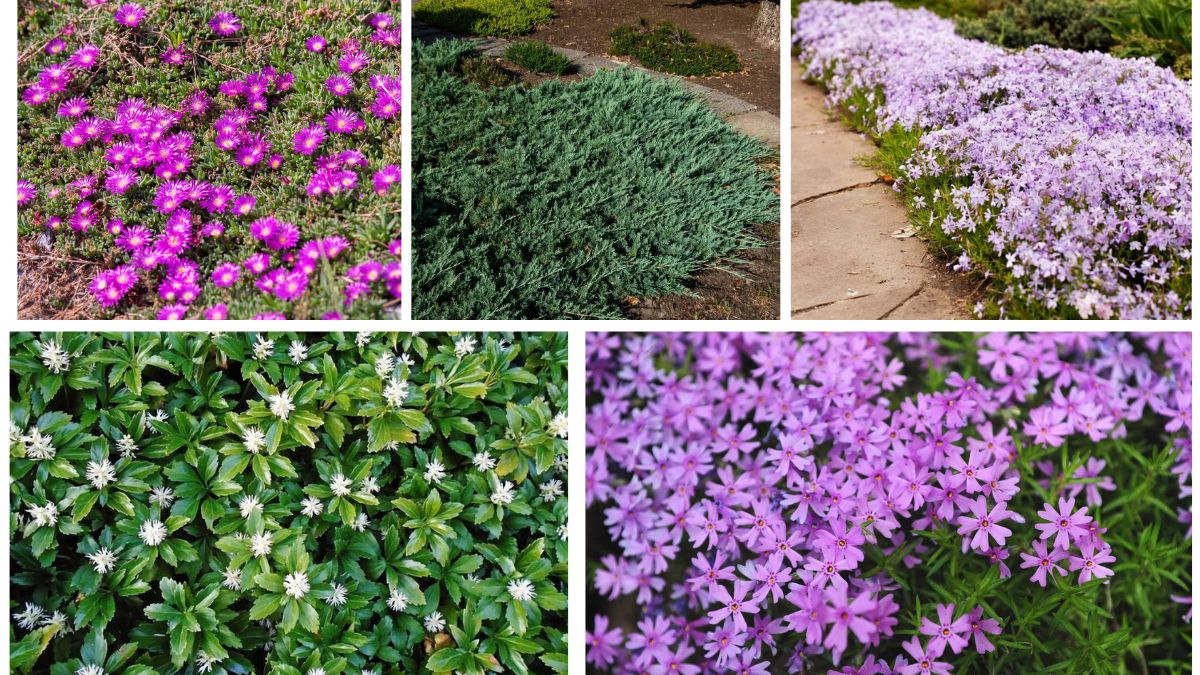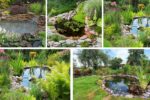Creating a beautiful garden doesn’t always require planting tall trees or expensive shrubs. Perennial ground cover plants are an essential part of landscape design, providing lush greenery, suppressing weeds, and adding texture and color year after year. Unlike annuals that need replanting every season, perennial ground covers return reliably, making them low-maintenance and cost-effective solutions for both small gardens and large landscapes.
In this guide, we’ll explore five standout perennial ground cover plants, their unique characteristics, planting tips, and care requirements, ensuring your garden remains vibrant throughout the seasons.
Introduction to Perennial Ground Covers
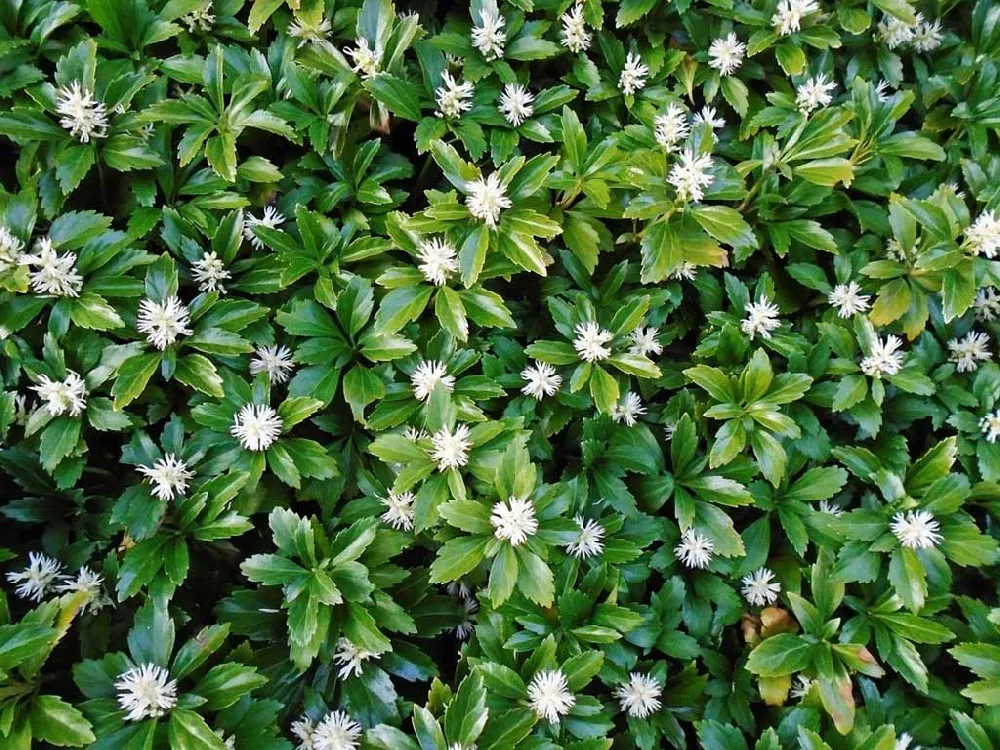
Ground cover plants grow low to the ground and spread quickly, covering soil and reducing erosion. Perennials, in particular, are plants that live for multiple years, returning season after season without replanting. These plants offer numerous benefits:
- Weed suppression – Dense growth prevents unwanted weeds from taking root.
- Erosion control – Roots hold soil in place, especially on slopes.
- Aesthetic appeal – Provide texture, color, and contrast between taller plants.
- Low maintenance – Require less watering, pruning, and fertilization than many garden plants.
Ground covers are ideal for filling gaps between shrubs, bordering pathways, or softening garden edges.
1. Creeping Thyme (Thymus serpyllum)
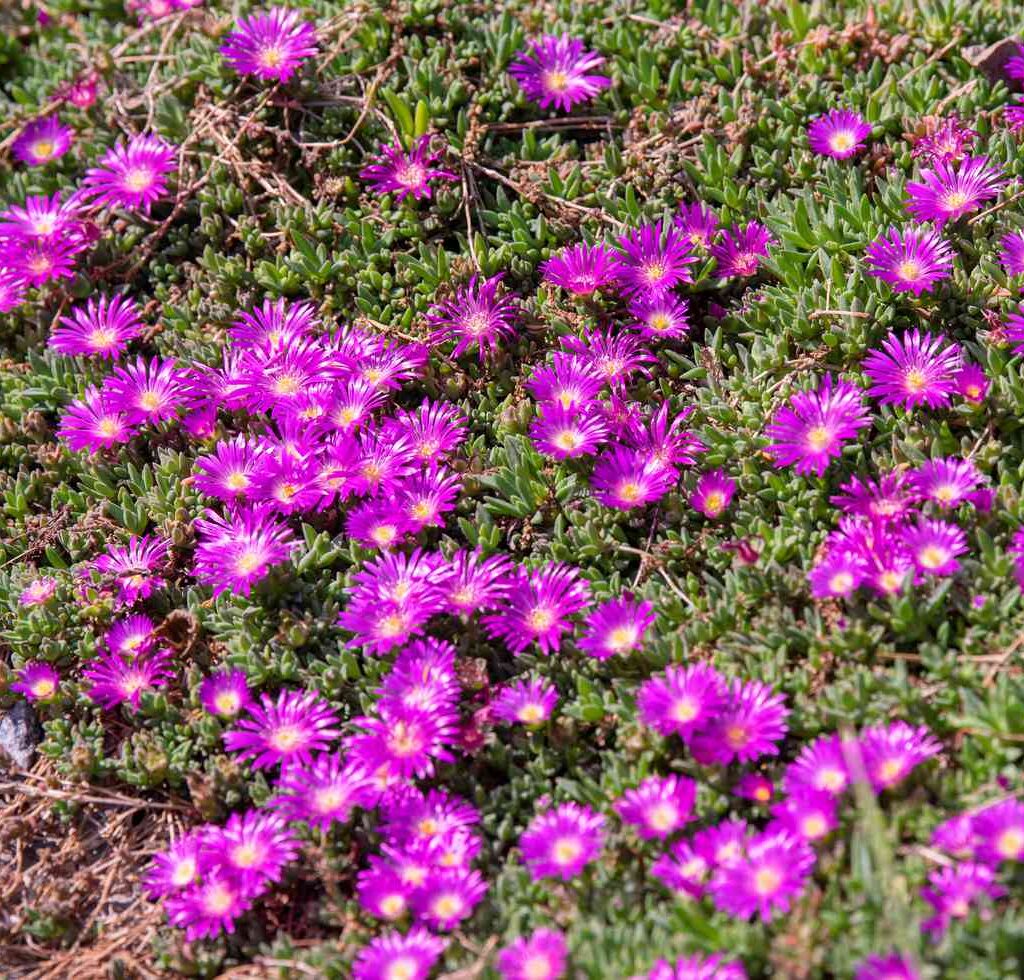
Overview
Creeping thyme is a fragrant, low-growing herb that forms a dense carpet of tiny green leaves and vibrant blooms. It’s perfect for sunny areas and can even tolerate light foot traffic, making it ideal for pathways and rock gardens.
Planting Tips
- Sunlight: Full sun (at least 6 hours daily)
- Soil: Well-draining, moderately fertile soil
- Watering: Drought-tolerant once established; water moderately in dry spells
Care and Maintenance
- Trim after flowering to maintain shape and encourage regrowth
- Fertilize lightly in spring to enhance growth and flowering
- Attracts pollinators such as bees and butterflies, adding life to your garden
Why it’s great: Creeping thyme is aromatic, low-maintenance, and produces colorful flowers each year, making it a reliable and beautiful ground cover.
2. Ajuga (Ajuga reptans)
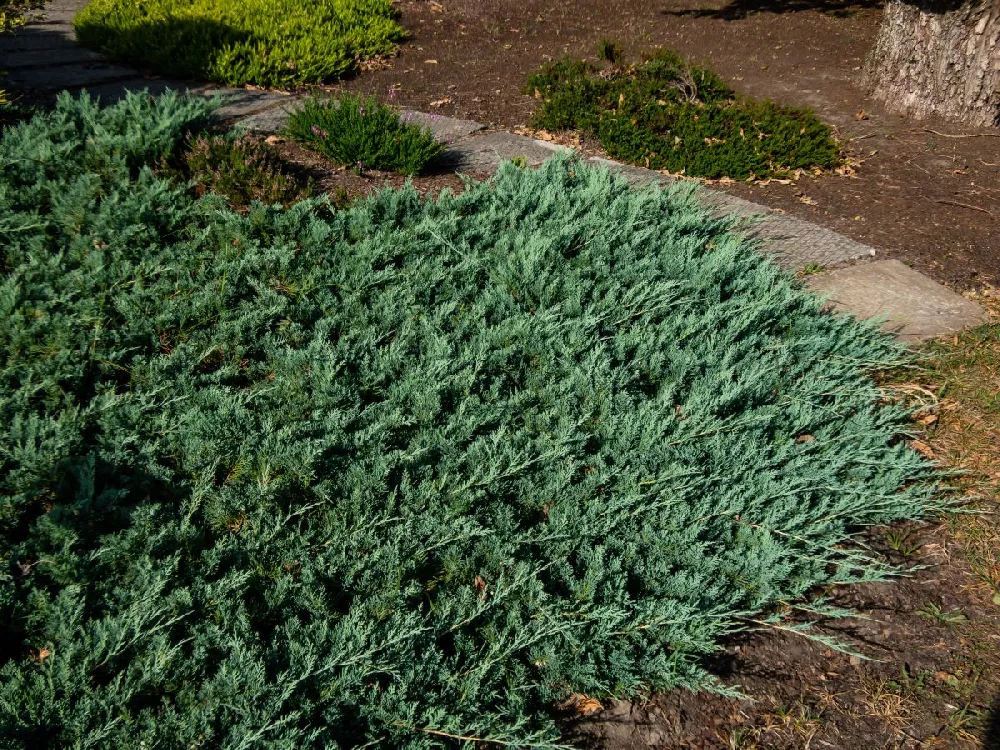
Overview
Also known as bugleweed, Ajuga is a fast-spreading perennial with glossy leaves and spikes of blue, purple, or pink flowers. It thrives in shady or partially shaded areas and can handle a variety of soil types, making it versatile for different garden zones.
Planting Tips
- Sunlight: Partial to full shade
- Soil: Moist, well-draining soil; tolerates clay soils
- Watering: Keep soil slightly moist, especially during dry periods
Care and Maintenance
- Divide clumps every 2–3 years to prevent overcrowding
- Prune dead flower spikes to maintain tidy appearance
- Can be grown as a colorful border under trees or alongside walkways
Why it’s great: Ajuga spreads quickly, provides vibrant color in shady areas, and returns year after year with minimal effort.
3. Creeping Jenny (Lysimachia nummularia)
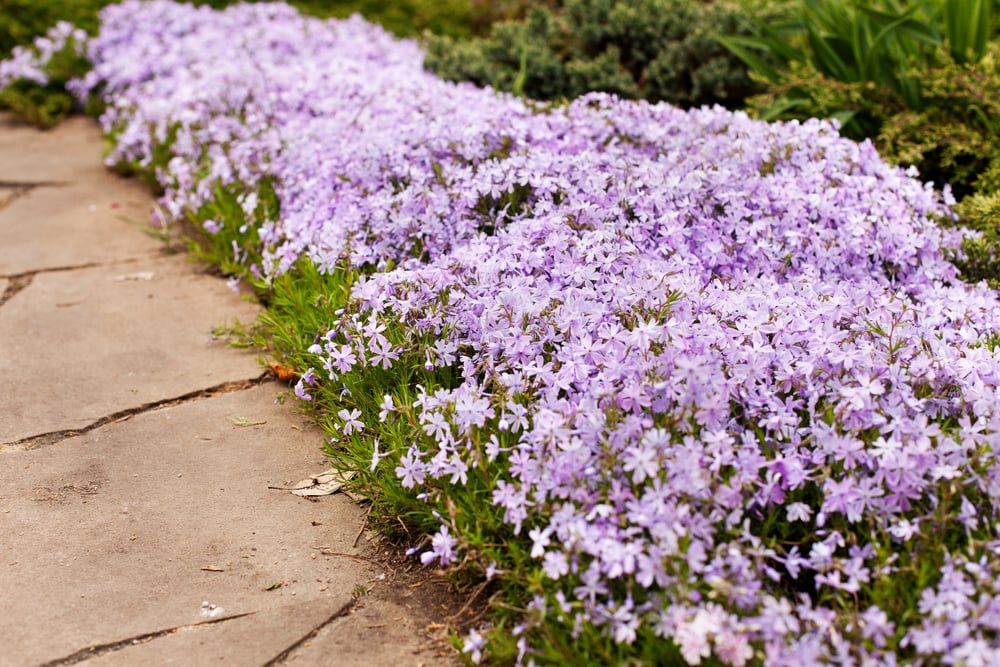
Overview
Creeping Jenny is known for its golden-green foliage that adds a pop of color to gardens. It grows rapidly and cascades beautifully over garden walls, planters, and pathways. Its versatility makes it an excellent choice for brightening up shaded and sunny areas alike.
Planting Tips
- Sunlight: Full sun to partial shade
- Soil: Moist, well-draining soil
- Watering: Prefers consistent moisture but tolerates occasional dryness
Care and Maintenance
- Trim regularly to control aggressive spreading
- Ideal for container edges or hanging baskets for cascading effect
- Fills gaps between stones or brick pathways for continuous coverage
Why it’s great: Creeping Jenny offers year-round greenery, vibrant color, and a soft, flowing look that enhances any landscape design.
4. Sweet Woodruff (Galium odoratum)
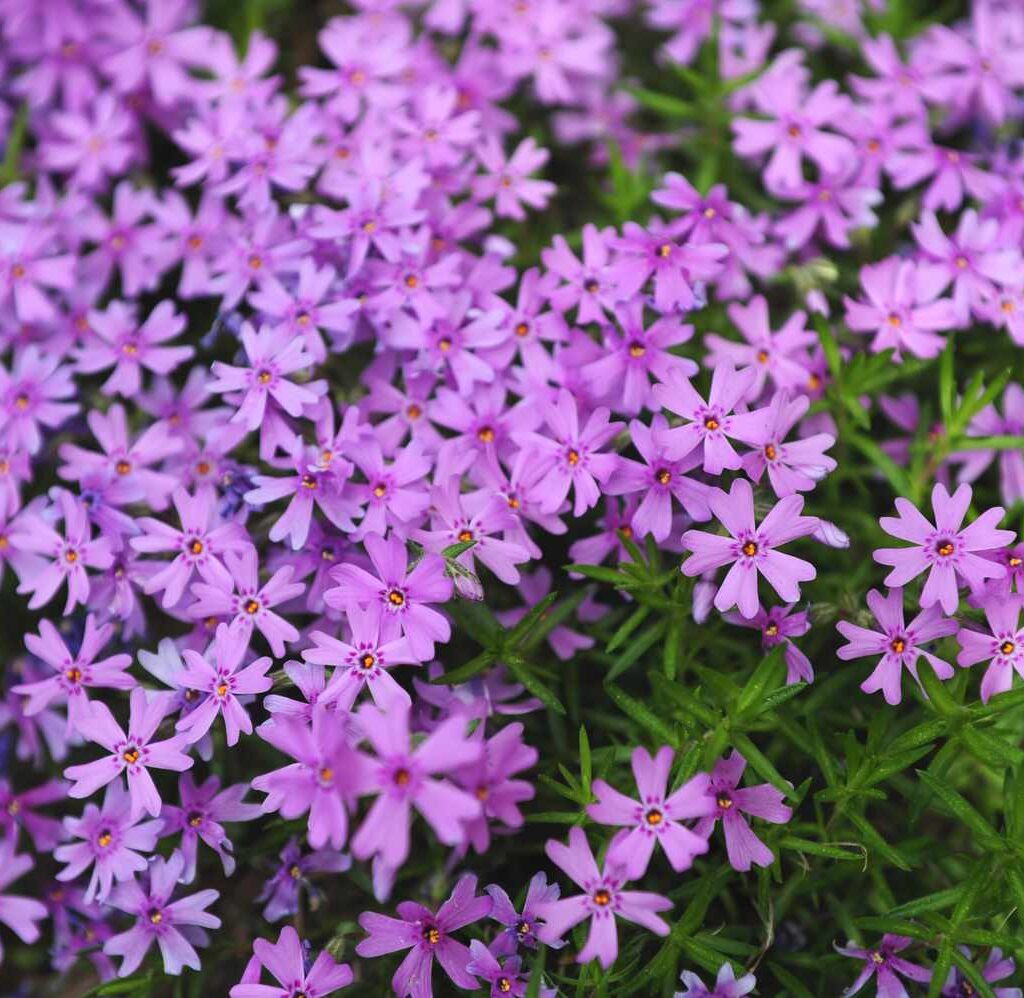
Overview
Sweet woodruff is a shade-loving perennial with delicate white flowers and aromatic foliage. It’s ideal for woodland gardens, shaded borders, and areas under trees. Its ability to thrive in low-light conditions makes it a favorite for shaded landscapes where other ground covers struggle.
Planting Tips
- Sunlight: Full to partial shade
- Soil: Moist, humus-rich, well-draining soil
- Watering: Keep soil consistently moist, especially during establishment
Care and Maintenance
- Cut back after flowering to prevent self-seeding from overtaking other plants
- Spreads slowly to form a dense mat
- Attracts pollinators and adds natural fragrance to shaded areas
Why it’s great: Sweet woodruff is low-maintenance, fragrant, and perfect for adding delicate beauty to shaded garden corners year after year.
5. Vinca Minor (Lesser Periwinkle)
Overview
Vinca minor, or lesser periwinkle, is an evergreen ground cover with glossy green leaves and small purple-blue flowers in spring. It tolerates sun and shade, grows well in various soils, and is highly resilient, making it a staple in many perennial gardens.
Planting Tips
- Sunlight: Partial shade to full sun
- Soil: Well-draining soil, tolerates poor soil conditions
- Watering: Water moderately, drought-tolerant once established
Care and Maintenance
- Trim back after flowering to maintain compact growth
- Spreads quickly to cover bare soil, suppressing weeds naturally
- Excellent for slopes or under shrubs to provide continuous coverage
Why it’s great: Vinca minor is hardy, versatile, and reliably returns each year with minimal effort, making it ideal for low-maintenance landscaping.
Tips for Maintaining Perennial Ground Covers
- Weed Control: Remove invasive weeds early before they compete with ground cover plants for nutrients.
- Mulching: Apply a thin layer of organic mulch to retain soil moisture and protect roots.
- Dividing Plants: Some perennials, like Ajuga, benefit from division every 2–3 years to maintain vigor.
- Watering: While many perennials are drought-tolerant once established, consistent moisture during the first growing season helps them establish strong roots.
- Fertilizing: Most perennial ground covers thrive with minimal feeding, but light fertilization in spring encourages lush foliage and blooms.
Benefits of Perennial Ground Cover Plants
- Low Maintenance: Minimal watering, pruning, and fertilization needed once established.
- Aesthetic Appeal: Provides year-round greenery, texture, and seasonal flowers.
- Environmental Benefits: Prevents soil erosion, improves soil health, and supports pollinators.
- Cost-Effective: Unlike annuals, these plants return every year, reducing replanting costs.
By choosing the right perennial ground covers, you can design a garden that is both functional and beautiful without the constant effort of replanting or heavy maintenance.
Conclusion
Perennial ground cover plants are essential for creating a lush, sustainable, and low-maintenance garden. The five plants highlighted—Creeping Thyme, Ajuga, Creeping Jenny, Sweet Woodruff, and Vinca Minor—each bring unique textures, colors, and benefits, making them perfect for a variety of garden conditions.
By planting these perennials and following proper care tips, you can enjoy a garden that returns every season, suppresses weeds, reduces soil erosion, and adds year-round beauty. Whether for sunny borders, shaded woodland areas, or container gardens, these perennial ground covers will transform your outdoor space into a thriving, green sanctuary.
With patience, proper placement, and routine care, your perennial ground covers will become a sustainable, low-maintenance solution, ensuring your garden remains vibrant and inviting throughout the year.
